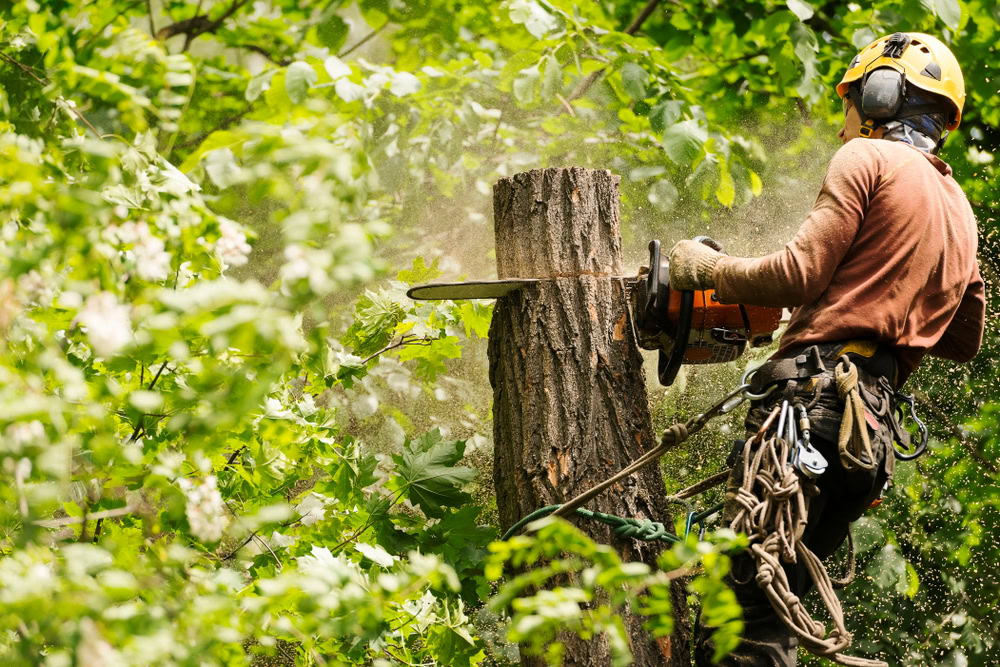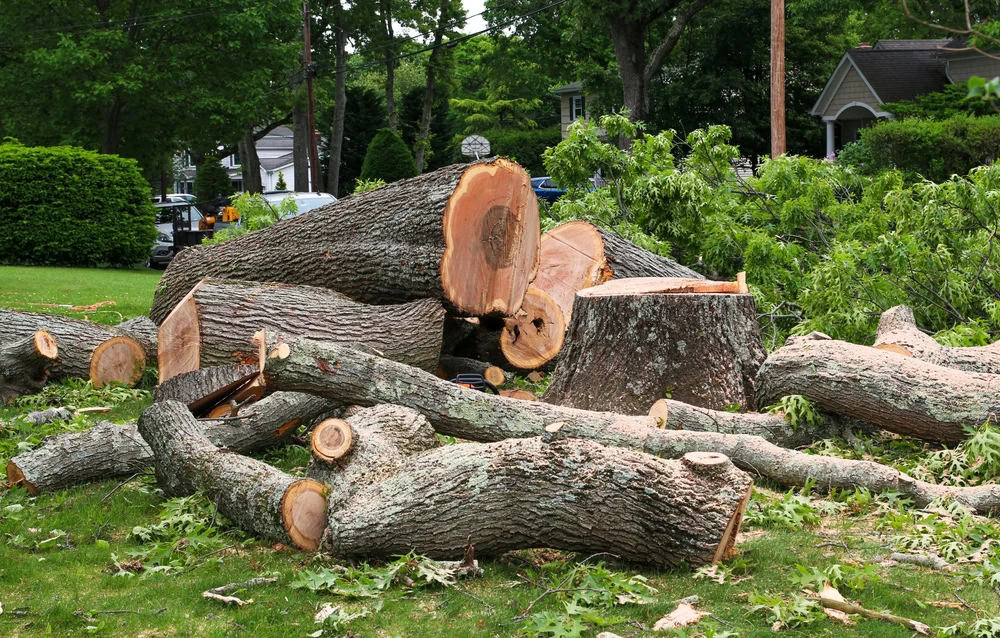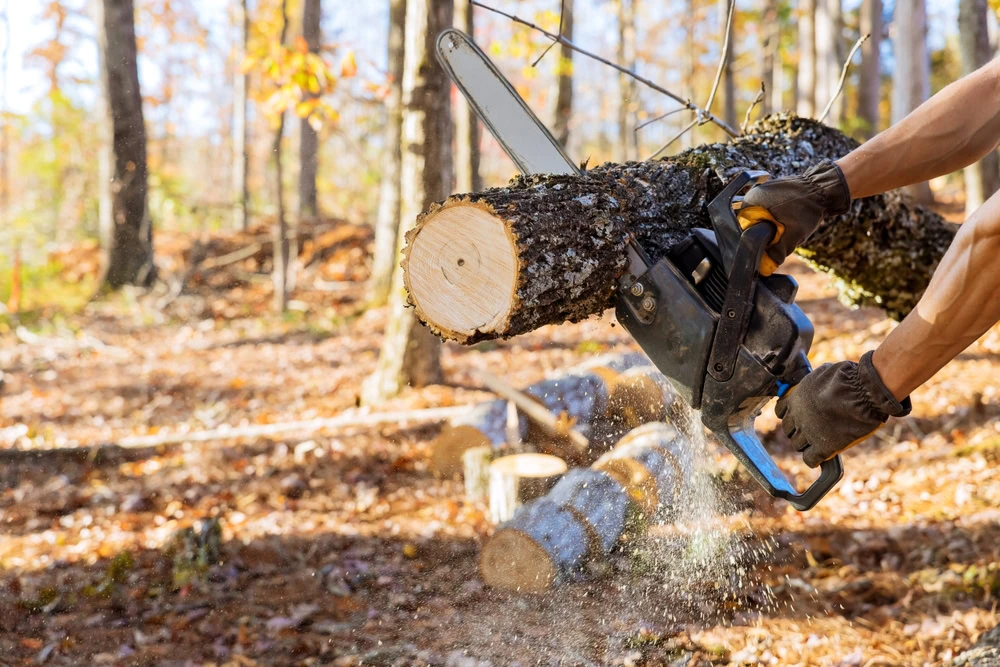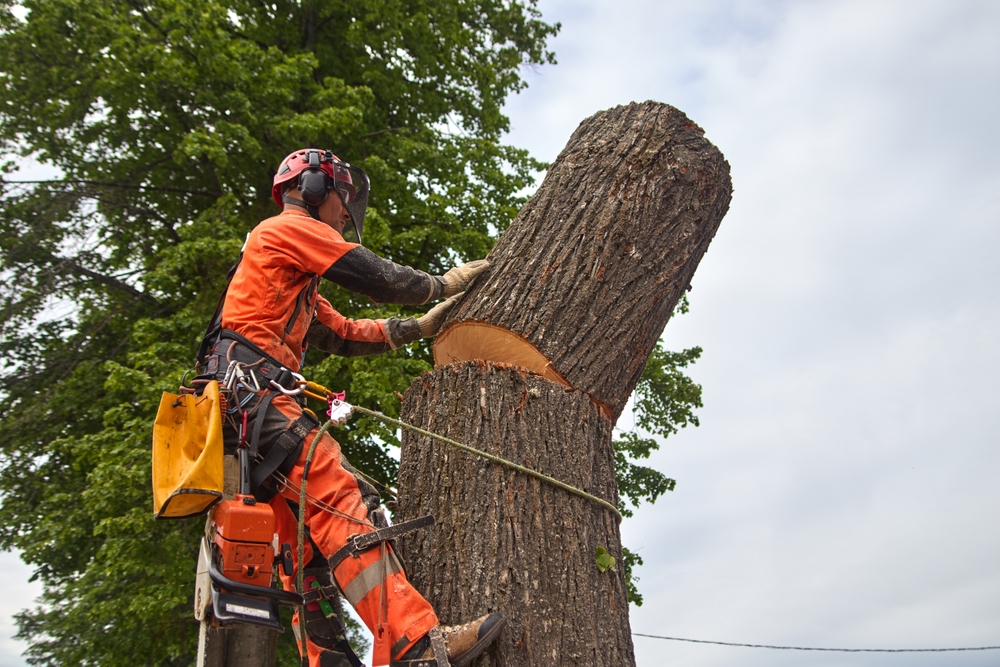Tree Removal in Searingtown, NY
Dangerous Trees Removed Safely
Professional arborists who handle the job right the first time, with complete cleanup included.

Hear from Our Customers

Professional Tree Service Searingtown
That dead oak threatening your roof gets removed without damaging your driveway. The storm-damaged maple blocking your entrance disappears completely, stumps and all.
You get your yard back without the constant worry about falling branches. Your neighbors stop asking if you’re planning to deal with that leaning tree, and your insurance company stops sending those polite letters about “potential hazards.”
The cleanup is thorough. No wood chips in your flower beds, no branches left behind, no excuses about “that’s extra.” Just a clear, safe property that looks better than before we arrived.
Searingtown Tree Company
Green Light Tree Services has been handling tree removal across Long Island for over a decade. We know the difference between a healthy tree that needs pruning and a dangerous one that needs to come down.
Every job is handled by licensed arborists who understand tree biology, not just chainsaw operators. We carry full insurance because tree work is serious business, and Searingtown homeowners deserve that protection.
Local expertise matters when you’re dealing with Long Island’s soil conditions, weather patterns, and the mature trees that make this area beautiful.

Tree Removal Process
The process starts with an assessment of the tree and surrounding area. We identify potential hazards, determine the safest removal method, and explain exactly what will happen.
Removal begins with sectioning the tree from top to bottom when space is limited, or felling it whole when there’s room. Every cut is planned to avoid damage to your property, utilities, or landscaping.
Cleanup happens immediately. All wood gets removed unless you want it for firewood, stumps get ground below grade, and wood chips get hauled away. You’re left with a clean space ready for whatever comes next.
The entire process typically takes a few hours to a full day, depending on the tree’s size and location. You get a clear timeline upfront, so you know what to expect.

Ready to get started?
Complete Tree Removal Service
Tree removal includes the entire tree, stump grinding, and complete debris removal. No surprise charges for cleanup or disposal fees that other companies add later.
Emergency tree service is available 24/7 for storm damage or trees that pose immediate danger. Our response time for emergencies averages under two hours in Searingtown and surrounding areas.
Every job includes protection for your existing landscaping, driveway, and structures. Plywood gets laid down to protect surfaces, and surrounding plants get covered during the work.
The service also includes a property assessment for other potential tree hazards. Sometimes removing one problematic tree reveals issues with others that weren’t obvious before.
